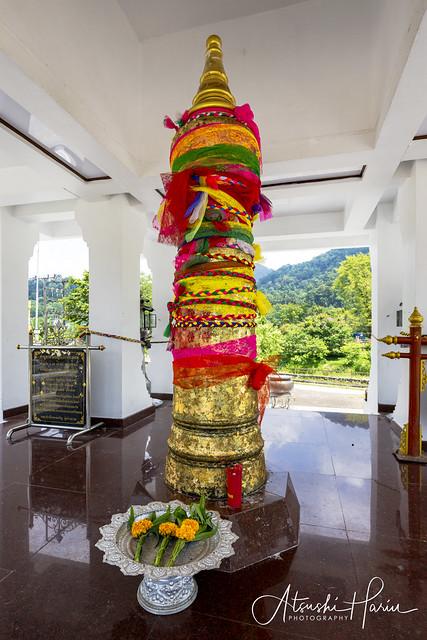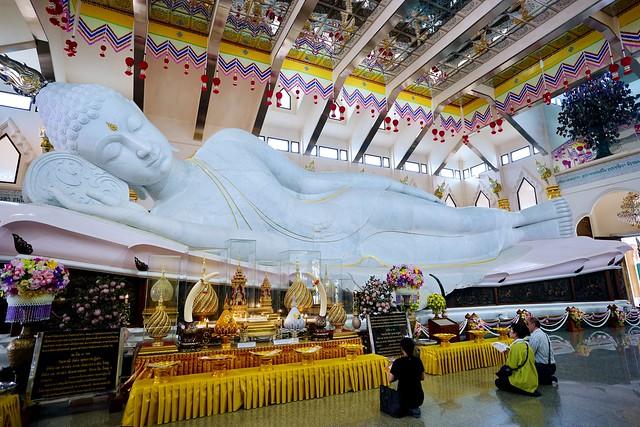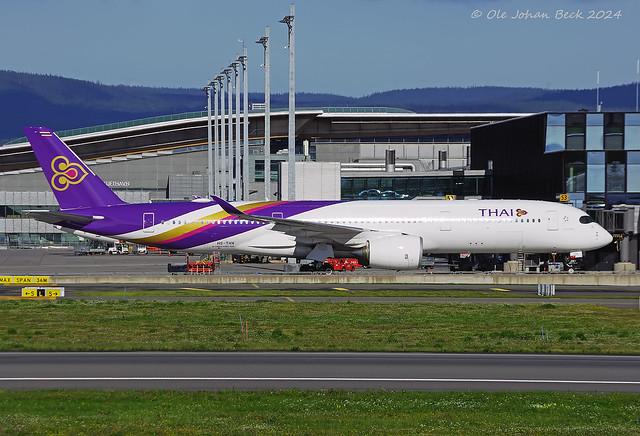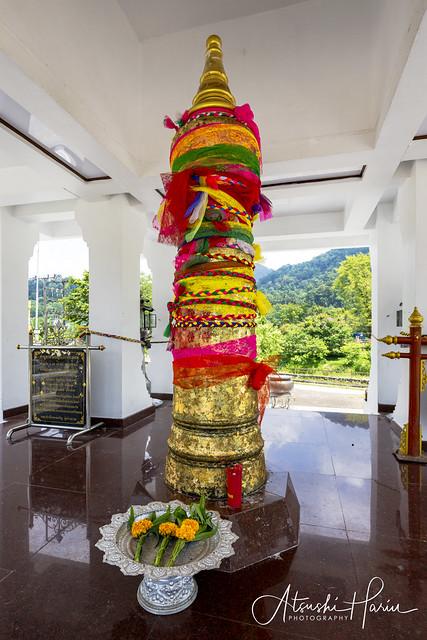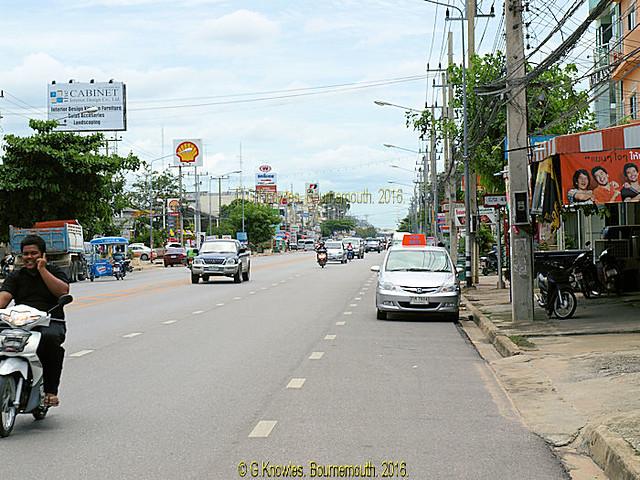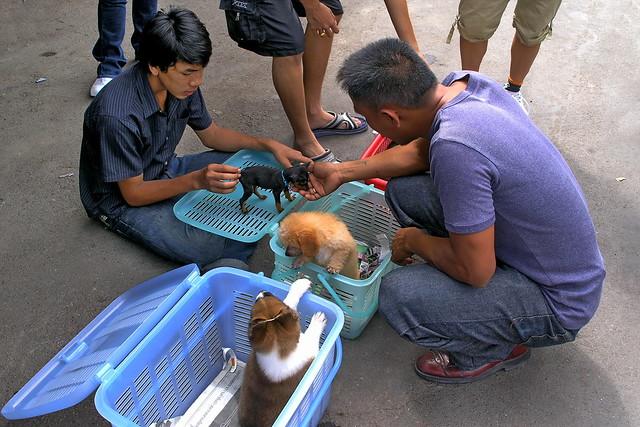Ranong
Overview
Overview of Ranong
Ranong, located on the west coast of southern Thailand, is a unique gem often bypassed by mainstream tourism. Known for its lush jungles, stunning waterfalls, and the healing properties of its many hot springs, Ranong offers a rich cultural tapestry and a serene escape into nature. It is one of Thailand's least populated provinces, making it an ideal destination for those seeking tranquility away from bustling city life. The local culture is heavily influenced by its close proximity to Myanmar, reflected in the cuisine, local dialects, and the occasional Burmese festivals celebrated here. Ranong’s town center, though small, is dotted with charming colonial-style buildings and bustling markets that showcase the everyday life of its residents.
High Season and Activities
The best time to visit Ranong is during the cooler months from November to February, which is considered the high season for tourism. During this period, the weather is more temperate and conducive to exploring the outdoors. Visitors can indulge in a variety of activities such as trekking through the unspoiled rainforests of Lam Nam Kra Buri National Park, discovering the diverse marine life while snorkeling or diving near the Surin Islands, or simply relaxing in the rejuvenating hot springs like those at Raksa Warin Public Park. Bird watching and visiting the local orchid farms are other popular activities, as the cooler weather supports a vibrant ecosystem.
Preparation for Travelers
Before heading to Ranong, travelers should prepare accordingly to make the most of their visit. It’s recommended to pack lightweight clothing but also bring along a few warm layers, as evenings can be cool especially during the high season. Waterproof gear, such as raincoats and sturdy shoes, are essential for jungle treks and exploring waterfalls. Since Ranong is less touristy, having basic Thai phrases at hand can be very helpful for communicating with locals. Additionally, it’s wise to arrange for transportation in advance, whether planning to rent a scooter or use local taxis, as public transport options are limited. Lastly, ensure to have cash on hand, as many local vendors and smaller establishments do not accept credit cards.
How It Becomes to This
History not available

You May Like
Explore other interesting states in Thailand
Discover More Area
Delve into more destinations within this state and uncover hidden gems.


